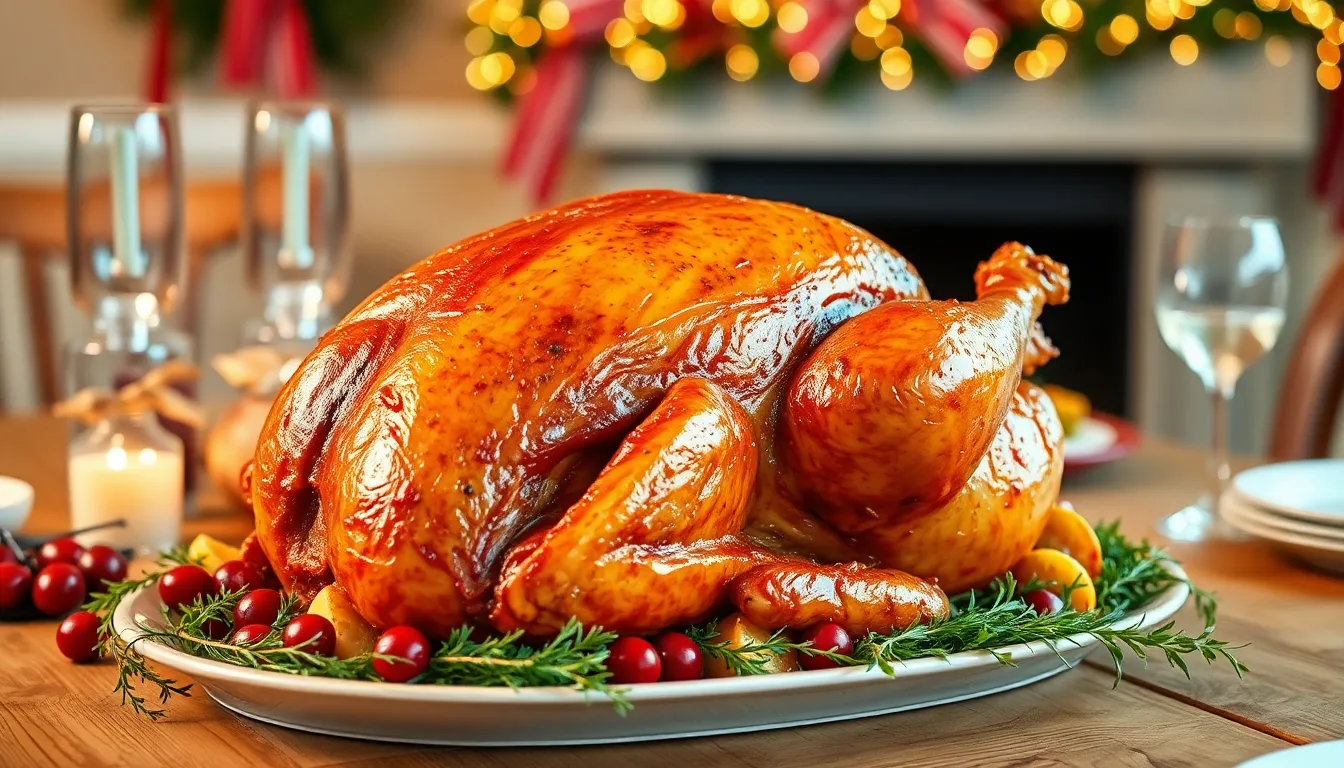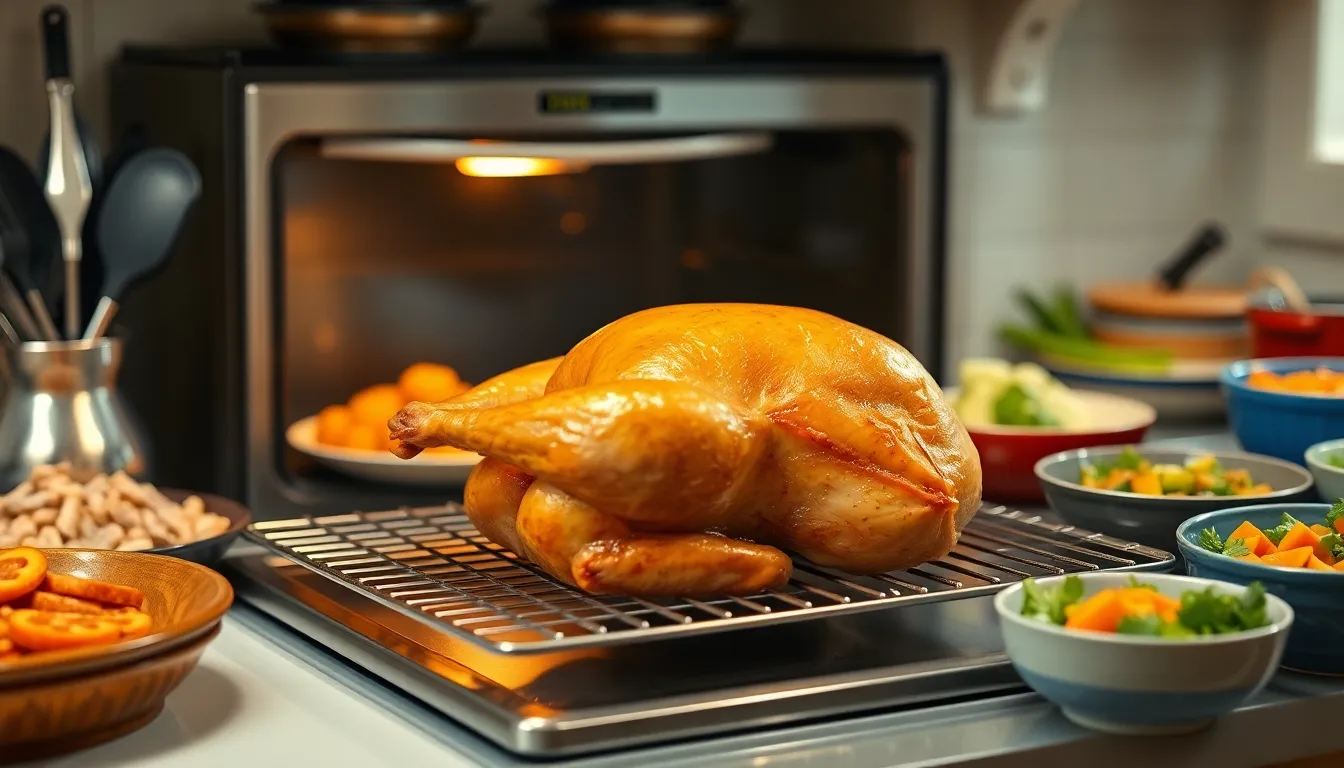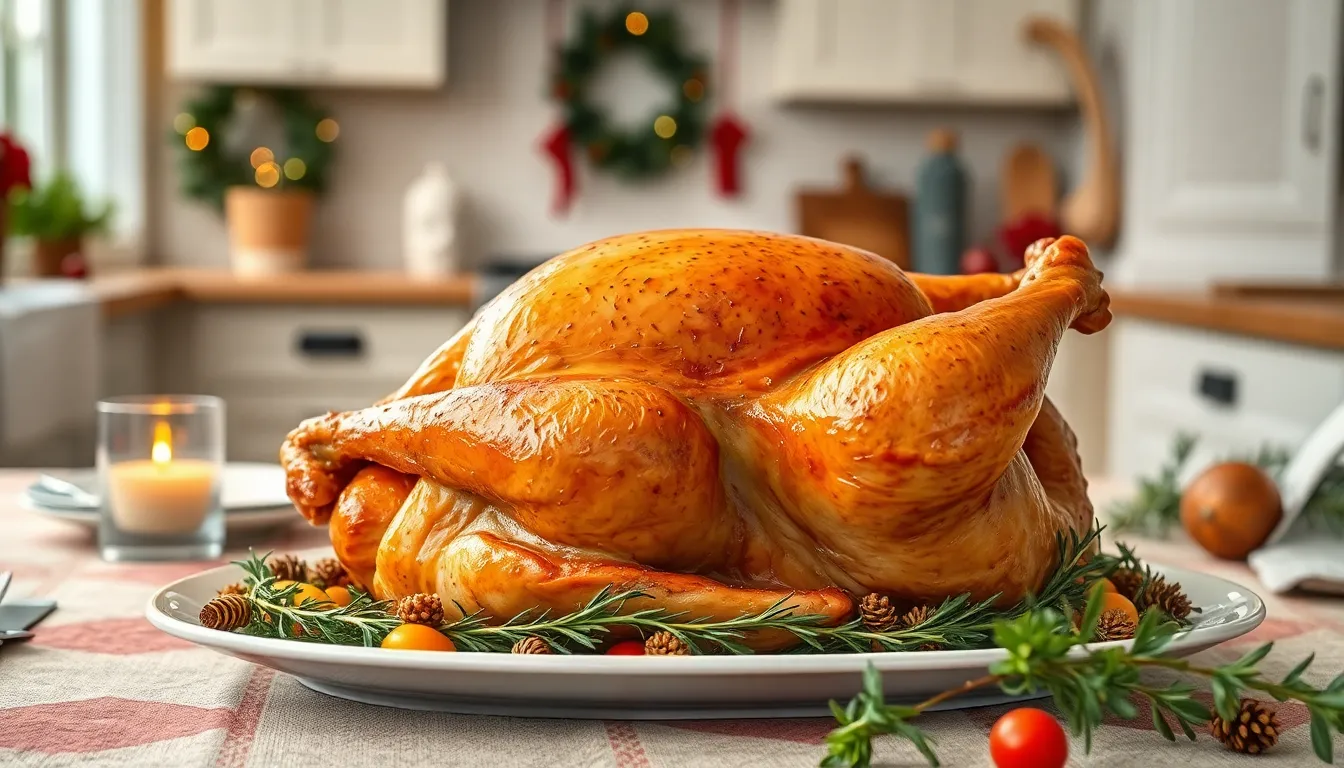
Cooking the perfect turkey can feel like a daunting task, especially during the holiday season. With so many variables—like the turkey’s size, cooking method, and whether it’s stuffed or unstuffed—timing becomes crucial. Understanding turkey cooking time is essential for achieving that juicy, flavorful bird everyone looks forward to. Whether roasting in the oven, frying, or smoking, knowing how long to cook a turkey can make all the difference. It ensures the meat is safe to eat while also delivering that golden-brown skin and tender texture. This guide will break down the key factors that influence turkey cooking time, helping home cooks navigate this culinary challenge with confidence.
Turkey Cooking Time
Turkey cooking time varies significantly based on crucial factors like size and cooking method. Understanding these factors ensures that the turkey is cooked safely and achieves optimal flavor and texture.Factors That Affect Cooking Time
-
- Size: Turkey weight directly influences cooking time. A larger turkey takes longer to reach the desired internal temperature. For example, an 8-12 pound turkey requires approximately 2.5 to 3 hours at 325°F, while a 12-14 pound turkey can take around 3 to 3.75 hours.
-
- Stuffing: Cooking a stuffed turkey increases the total cooking time. A stuffed turkey weighing 12-14 pounds typically needs 3 to 3.75 hours, compared to the unstuffed variant which takes about 3 hours. Checking the stuffing temperature is essential; it must reach 165°F for safe consumption.
-
- Temperature: Initial turkey temperature significantly affects cooking time. A turkey stored in the refrigerator will take longer to cook than one that sits at room temperature for about an hour prior to cooking.
-
- Oven Temperature: The cooking temperature impacts time. Cooking at 325°F is standard, while higher temperatures like 350°F decrease the cooking time slightly. However, be cautious of overcooking, which can dry out the meat.
Different Cooking Methods
-
- Roasting: The most common method, roasting a turkey at 325°F is effective for even cooking. Roasting an unstuffed turkey generally takes about 13-15 minutes per pound.
-
- Frying: Deep-frying turkey yields crispy skin and moist meat. Cooking time is about 3-4 minutes per pound, meaning a 14-pound turkey cooks for approximately 42-56 minutes. It’s vital to monitor oil temperature to prevent burning.
-
- Smoking: Smoking infuses unique flavors. Cooking a turkey in a smoker at 225°F to 250°F typically requires 30-40 minutes per pound. This method may extend cooking time, but enhances overall taste.
-
- Brining: While brining itself doesn’t affect cooking time, it enhances moisture retention and flavor, which can lead to more forgiving cooking times.
Turkey Cooking Time Guidelines


Unstuffed Turkey Cooking Times
Unstuffed turkeys require less cooking time compared to their stuffed counterparts. The general guideline for roasting an unstuffed turkey at 325°F is as follows:| Turkey Weight (pounds) | Cooking Time (hours) |
|---|---|
| 8 – 12 | 2.5 – 3 |
| 12 – 14 | 3 – 3.75 |
| 14 – 18 | 3.75 – 4.25 |
| 18 – 20 | 4.25 – 4.5 |
| 20 – 24 | 4.5 – 5 |
Stuffed Turkey Cooking Times
Stuffed turkeys require additional cooking time to ensure that both the meat and stuffing reach the safe temperature of 165°F. When cooking a stuffed turkey at 325°F, refer to the following guideline:| Turkey Weight (pounds) | Cooking Time (hours) |
|---|---|
| 8 – 12 | 3 – 3.5 |
| 12 – 14 | 3.5 – 4 |
| 14 – 18 | 4 – 4.25 |
| 18 – 20 | 4.25 – 4.75 |
| 20 – 24 | 4.75 – 5.25 |






